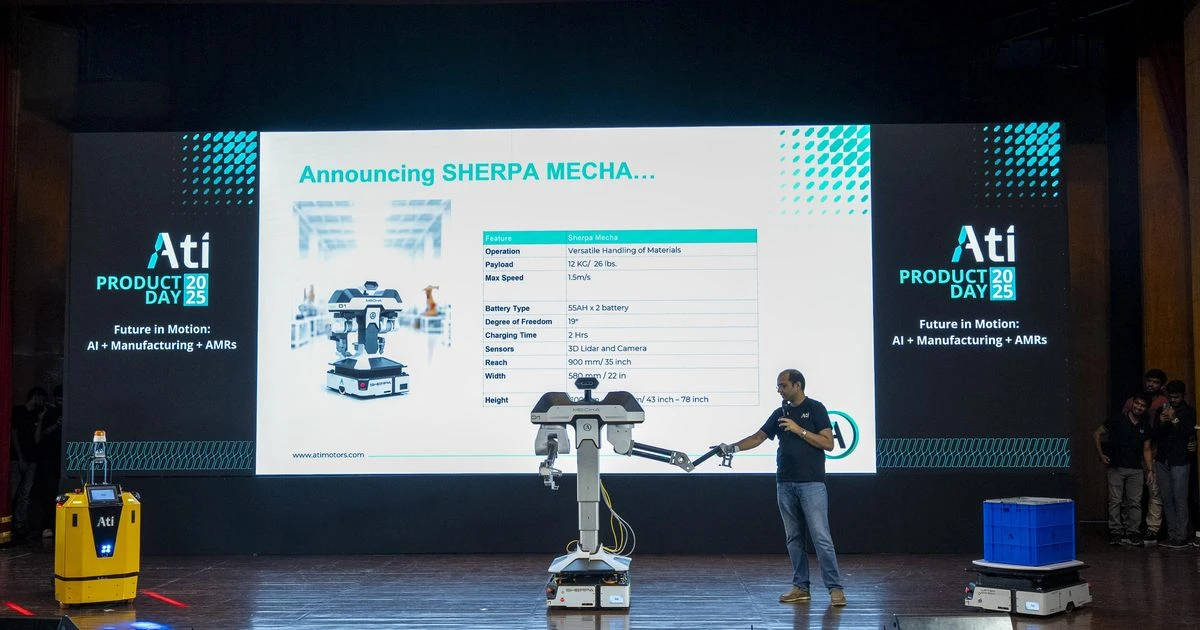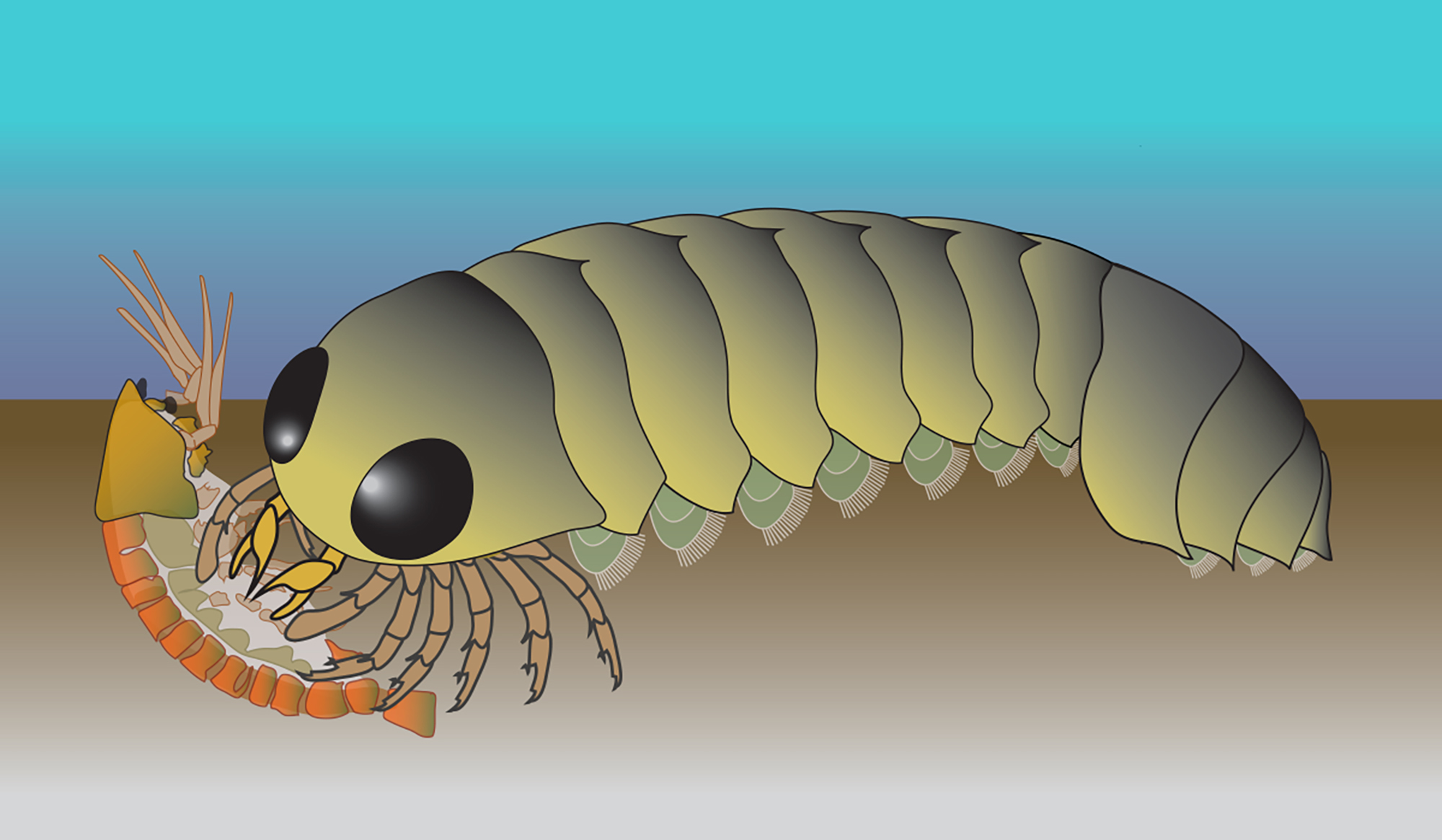- Arvind's Newsletter
- Posts
- Arvind's Newsletter
Arvind's Newsletter
Issue No. #1147
1.IndusInd Bank to raise up to $3.5 billion, allow Hindujas to nominate two board seats: Reuters
India's IndusInd Bank (INBK.NS), opens new tab will raise up to $3.47 billion and allow promoters to nominate two board directors, the private sector lender said, as it seeks to restore confidence after a $230 million accounting lapse.
IndusInd is looking to secure 300 billion rupees in funding, comprising a 200 billion rupees debt issue on a private placement basis and a 100 billion rupees capital increase through issue or placement of securities.
The UK-based Hinduja family own a 15.82% stake in the bank and are listed as its promoters, a regulatory classification in India for large shareholders who control key decision-making. The Hindujas can now nominate up to two directors on IndusInd's board, the bank said, adding that the move was approved by India's central bank.
Promoters previously did not have representation on the board.
2.India enters humanoid robotics race with Sherpa Mecha as China surges ahead: Business Standard
At its Product Day 2025 event, Indian robotics startup Ati Motors unveiled what could mark a pivotal moment for India’s deep-tech sector — the debut of Sherpa Mecha, a humanoid-inspired robot engineered for industrial deployment. Unlike fully human-like robots, Sherpa Mecha is function-first — designed to carry out high-precision tasks in complex factory environments, the company said in a press release.
The robot’s launch highlights a quiet but bold ambition — building world-class robotic platforms from India that are scalable, intelligent, and export-ready.
The company also launched Sherpa 10K, a heavy-duty autonomous mobile robot (AMR) capable of carrying loads up to five tonnes with millimetre-level accuracy. These platforms are already running over 1 million autonomous missions per year across Southeast Asia, the US, and Mexico.
3.Why is India blending more ethanol with petrol? Mint Explainer
India achieved its target of blending 20% ethanol into petrol in March 2025—five years ahead of the 2030 deadline. Now, the government is planning to hike blending targets to 27% by 2030 and sell E27 petrol by 2030, reported The Times of India on 17 July.
But why is India using more ethanol-blended petrol like E20? How does it affect our vehicles?
Primarily, to reduce our import bill and emissions.
In 2003, India started a pilot programme to blend ethanol—a byproduct of sugarcane—into petrol to reduce carbon emissions from the fuel's use. By 2019, the Ethanol Blended Petrol (EBP) Programme was extended to all of India (except the Andaman and Nicobar Islands and Lakshadweep).
So, what’s the fuss about E20 and higher ethanol-blended petrol?
Consumers aren’t enthused about buying petrol blended with ethanol for a number of reasons.
First, burning ethanol produces less energy than petrol, so E20 and other blends affect car mileage. This means car owners are forced to buy more petrol to travel the same distance.
Second, despite blending ethanol with petrol and saving on import costs, the government has not reduced petrol prices; oil marketing companies continue to retail the fuel at above ₹100 per litre in most major cities.
4.Rosneft's stake sale in Nayara hits European Union sanctions roadblock: Business Standard
The proposed sale of Russian energy major Rosneft’s 49.13 per cent stake in Nayara Energy (fomerly Essar Oil), which operates India’s largest single-location refinery at Gujarat’s Vadinar, has hit a major roadblock following the European Union’s (EU’s) latest sanctions targeting Russia’s oil sector.
Rosneft is seeking to exit the Indian venture, with reports valuing Nayara at around $17 billion. Reliance Industries Ltd (RIL) is seen as the frontrunner to acquire the stake. However, the EU’s additional curbs, announced last week in response to Russia’s invasion of Ukraine, includes Nayara Energy among the entities targeted due to its Russian ownership.
Bankers familiar with the matter said the sanctions would hamper Nayara’s ability to export refined products to European markets. “The Russian stake makes it difficult for global shipping companies and oil traders to engage with Nayara, especially in Europe, and will impact valuation,” one banker said.
5.US has announced new trade deals with Japan and Philippines: Bloomberg
Trump on Tuesday announced a deal with Japan that sets tariffs on the nation’s imports at 15%, including for autos — by far the biggest component of the trade deficit between the countries. A separate agreement with the Philippines set a 19% rate, the same level as Indonesia agreed and a percentage point below Vietnam’s 20% baseline level, signalling that the bulk of Southeast Asia is likely to get similar deals.
Tokyo also agreed to invest as much as $550 billion in the US, with President Donald Trump saying his country would receive 90% of the profits, though he didn’t provide more details. The 15 per cent levy is lower than the 25 per cent President Donald Trump had threatened in a letter earlier this month, but higher than the 10 per cent rate that had been in force while the countries negotiated.
However, the deal is seen by many in Japan as capitulation, a Bloomberg columnist wrote: Prime Minister Shigeru Ishiba had vowed to protect the car industry, but autos will be subject to the tariff too.
6.Ukrainians took to the streets in protest after President Volodymyr Zelenskyy signed a bill targeting the country’s anti-corruption agencies : New York Times
The new law puts two key bodies under the prosecutor-general’s control, a move critics said would reduce their independence: The newly appointed official is a Zelenskyy loyalist.
Zelenskyy said the agencies had fallen under “Russian influence.” The European Union expressed concern that the move would reduce transparency and jeopardise the bloc’s financial assistance to Kyiv , while protesters said it was at odds with a decade of pro-democracy, anti-corruption efforts carried out since the downfall of pro-Russian President Viktor Yanukovych in 2014.
It’s another sign that, after years of national unity, Ukraine’s domestic politics have come to the fore, as Carnegie Politika noted last year.
7.Surprising no one, new research says AI Overviews cause massive drops in search clicks: Ars Technica and The Register
Google's search results have undergone a seismic shift over the past year as AI fever has continued to escalate among the tech giants. Nowhere is this change more apparent than right at the top of Google's storied results page, which is now home to AI Overviews. Google contends these Gemini-based answers don't take traffic away from websites, but a new analysis from the Pew Research Center says otherwise. Its analysis shows that searches with AI summaries reduce clicks, and their prevalence is increasing.
Google began testing AI Overviews as the "search generative experience" in May 2023, and just a year later, they were an official part of the search engine results page (SERP). Many sites (including this one) have noticed changes to their traffic in the wake of this move, but Google has brushed off concerns about how this could affect the sites from which it collects all that data.
SEO experts have disagreed with Google's stance on how AI affects web traffic, and the newly released Pew study backs them up. The Pew Research Center analyzed data from 900 users of the Ipsos KnowledgePanel collected in March 2025. The analysis shows that among the test group, users were much less likely to click on search results when the page included an AI Overview.
8.Rethinking Spider Evolution: Current Biology and others
A study published yesterday suggests spiders and their close terrestrial relatives originated from an ocean critter, challenging the assumption that their common ancestor was landbound.
Researchers used advanced imaging techniques to look inside a half-billion-year-old fossil of Mollisonia symmetrica, an extinct aquatic creature long believed to be the ancestor of horseshoe crabs. The fossilized brain and central nervous system patterns they saw more closely resembled those of modern spiders, scorpions, ticks, and other arachnids than today’s horseshoe crabs.
Arachnid and Mollisonia brains are backward compared to other invertebrates, like insects and crustaceans. The regions responsible for dexterous actions are in the back, closer to the neurons that drive leg movements. This formation fosters neural shortcuts that enable swift speed vital to spinning webs and hunting prey.
According to the study's lead author, insects may have developed wings to evade nimble and hungry Mollisonia-like arachnids migrating onto land. In their own evolutionary response, spiders began creating sticky webs.
9.Ozzy Osbourne, a pioneer of heavy metal and a symbol of rock ’n’ roll excess, died yesterday at 76: Rolling Stone and others
His band, Black Sabbath, developed a sonic template — deafening volume and grinding tempos, with Osbourne yowling occultish lyrics — that established a genre of its own. Critics and radio stations reviled the sound at first, but fans flocked to it.
Ben Sisario, a New York Times music critic, writes about Osbourne’s reputation:
“He was a legend of bad behaviour. At a record company conference, he once bit the head off a live dove. On tour in 1982 in Des Moines, it was a dead bat that he decapitated. Osbourne later said he thought the bat was a toy, but antics like that were reported widely and stirred parental fears.”
This month, Osbourne reunited onstage with the other members of Black Sabbath for what the band presciently billed as its final performance.
10.India’s ultra-rich are ditching Raj-era private clubs and gymkhanas for more modern, exclusive hangouts: BBC
Indian tycoons, politicians, and senior military officers traditionally hobnobbed in very English, colonial-style establishments, “building social capital over cigars and squash” in mahogany-paneled interiors, the BBC wrote.
But the new generation of elites that the tech-driven economy has created has less formal tastes: Soho House, the international chain of self-consciously relaxed clubs, already has one Indian branch and plans for two more.
Traditional gymkhanas may have rejected movie actors, but Soho House has a Bollywood star member on its in-house magazine cover. As India’s high-net-worth population expands, so does demand, and would-be members now face “up to many years” on the waiting list for some clubs.











